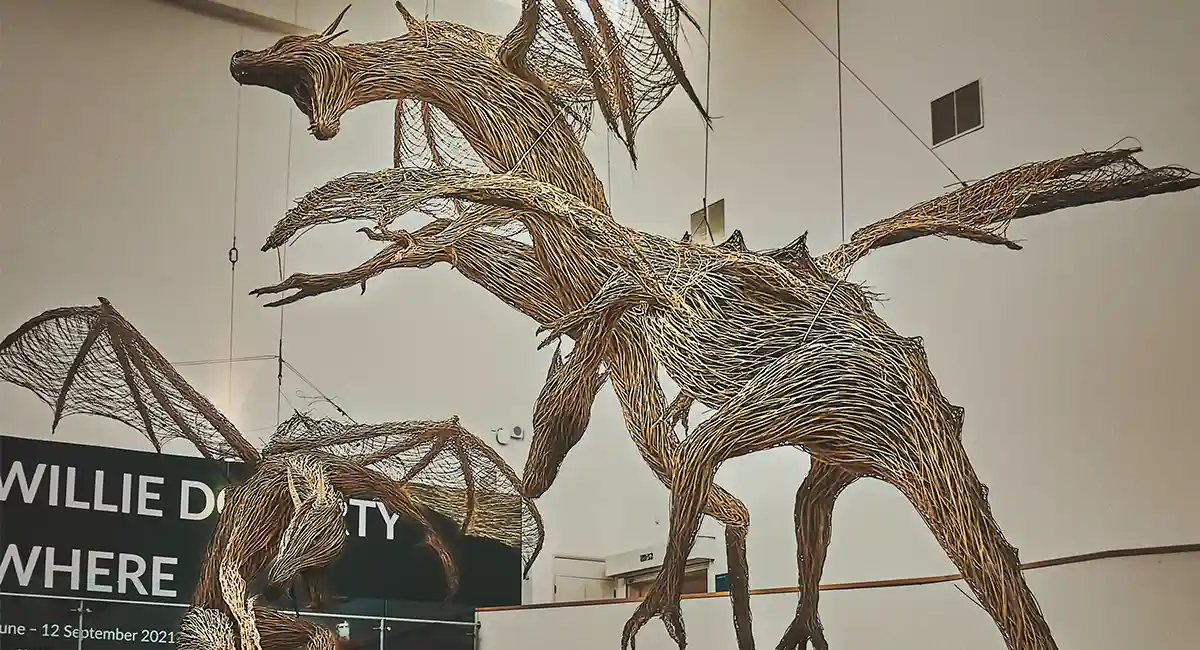House of the Dragon on Dysfunctional Relationships

Quiet in the Realm.
HBO’s popular spin-off to Game of Thrones, House of the Dragon, is back for season 2.
If your Sunday nights have been lacking in the absence of winged, fire-breathing creatures and dynastic squabbles, then the time has come for you to rejoice. Then again, if your Sundays have also been lacking in complex relationship dynamics, then it’s time for that as well.
Like its predecessor show, House of the Dragon is not just a multi-hour cinematic experience crammed into a season of television. It is a haunting morality play that showcases the theme of the human heart warring against itself.
Dysfunctional relationships are front and center, which means there’s a lot to learn from them. Here are examples of the show’s most dysfunctional pairings (Spoilers for those who have yet to watch a single episode):
King Viserys and Queen Aemma
The first and most visually gripping example is the relationship between King Viserys and Queen Aemma. Though lasting less than a single episode, the ramifications of this coupling ripples well into the second season.
Infamously, King Viserys condemned his wife to death via a forced caesarian section birth, all for a son that did not even live a full day. Despite the great love he supposedly bore for Aemma, Viserys still pushed on, exercising his full rights as king and husband in a completely one-sided relationship.
Partners with such an unhealthy power dynamic between never survive—thankfully in a more figurative manner than this example.
King Viserys and Queen Alicent
The widower Viserys was not allowed much time to grieve when the responsibilities of his position demanded that he remarry. And so he did, with his daughter’s best friend, Alicent Hightower. The term responsibility is quite appropriate here, as it defines this relationship for better or worse.
Throughout the rest of the season, there is no great love displayed between the king and his new queen-consort. The two have children and stay together, not out of love, but because their duty demands it. Unsurprisingly, their cold, loveless relationship had just as many negative ramifications as Viserys’ previous relationship.
In the same manner, real-life relationships built on expected responsibility alone do not thrive as well as those built on genuine love. The negative outcomes such relationships produce prove that, even in its passivity, the dysfunction is clear as day.
Princess Rhaenyra and Criston Cole
Now we turn to Princess Rhaenyra and her first romantic entanglement in the show: Kingsguard member Criston Cole. Like her father’s first relationship, the inequality in this pairing is obvious from the get-go. Their tryst is one that the princess initiates, with Cole being unable to refuse—one of many red flags in any real life relationship.
It gets worse when Criston Cole is unable to get what he wants out of the relationship. Embarrassed and embittered, his feelings for the princess turns sour and he becomes one of her most dedicated enemies. The lesson here?
Relationships born out of inequality, without the possibility of love, can lead to intensely dysfunctional—even openly hostile—outcomes.
Princess Rhaenyra and Prince Daemon
The eventual marriage of Rhaenyra to Daemon Targaryen is a rare example of a relationship that’s actually equal and loving for once. Responsibility is also there, in healthy amounts, which makes this the clear best of all the couples mentioned so far.
That is, until Daemon gets physical his wife after a tense disagreement. Although there’s no indication that such a thing ever happened before, it is worth mentioning that even the healthiest couples aren’t immune to the possibility of dysfunctional relationships. In short, leave no room for complacency in your relationship.
Given the dramatic—yet nuanced—relationships portrayed in House of the Dragon, it’s easy to see why the show is so popular. After all, you can only get so much mileage out of the titular creatures, so the true success of the story can be attributed to its human side, which serves as entertainment and cautionary tale in equal measures.

